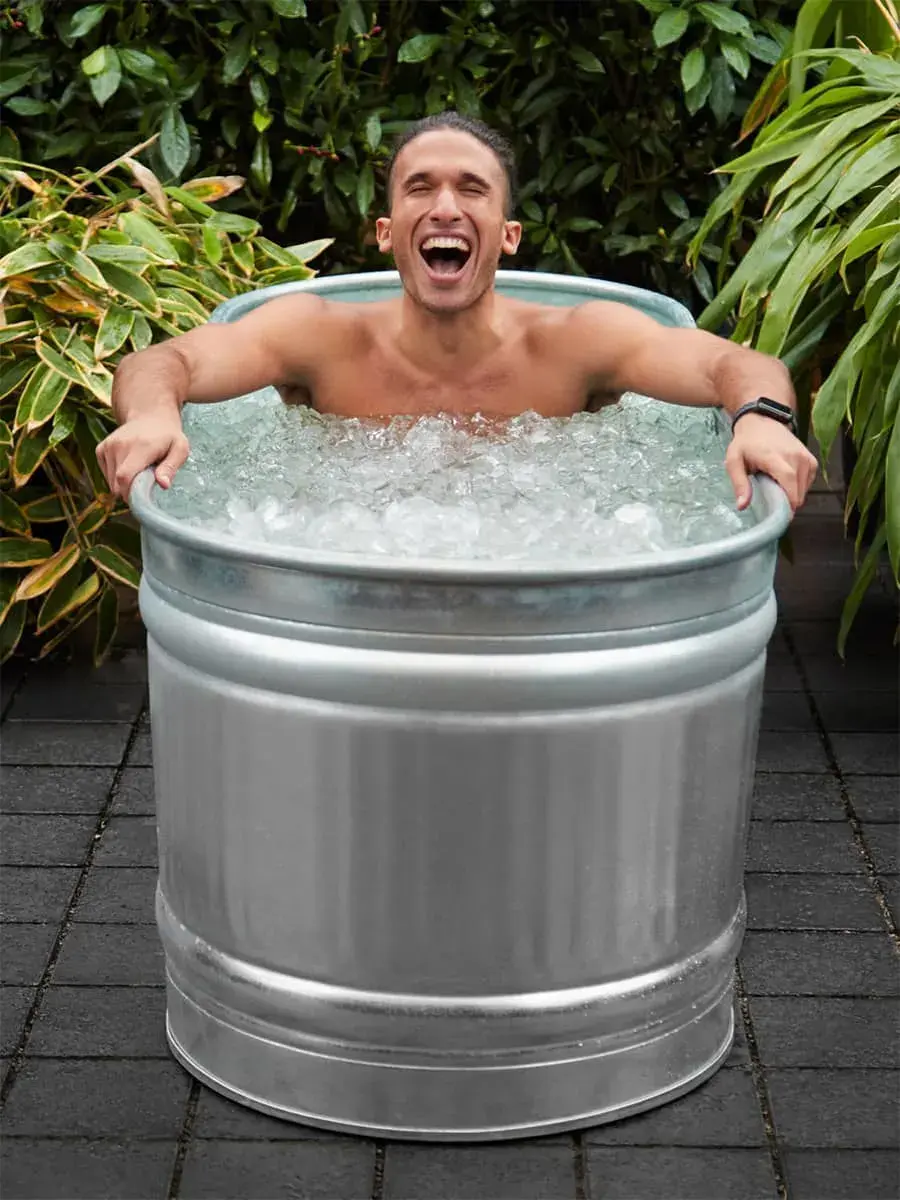Ice Bath
- Aug 1
- 3 min read
Thinking of trying a cold plunge this summer? You’re not alone. Once reserved for elite athletes and hard-core wellness enthusiasts, cold water immersion has now become one of the most talked-about trends in health and lifestyle. From sleek tubs on terraces to DIY setups in garden corners, more and more people are voluntarily lowering themselves into freezing water in the name of better sleep, clearer thinking, and reduced inflammation. But is it actually worth the hype?
At its core, cold plunging involves immersing your body in water that’s typically below 15°C for a few minutes at a time. While that might sound more like a dare than a health ritual, many who try it report genuinely transformative effects. The process triggers a full-body response — your blood vessels constrict, your breathing sharpens, and your mind goes fully into the present. That initial shock is uncomfortable, but once you settle into it, there’s often a surprising sense of calm and clarity that follows.
One of the biggest reported benefits of cold plunging is the dramatic increase in dopamine levels, the brain chemical responsible for mood and motivation. Many people say they feel invigorated for hours afterwards — a natural high that doesn’t come from caffeine or sugar. There’s also growing evidence that regular cold exposure reduces inflammation in the body, easing joint pain and muscle soreness. This makes it especially appealing for people who suffer from arthritis, chronic fatigue, or post-exercise recovery issues. Cold plunges are also said to improve circulation, support immune function, and even enhance sleep quality.
Getting started doesn’t require an expensive spa setup. In fact, many people begin by filling their own bathtub with cold water and ice from the supermarket. Once you’re in, staying calm and focusing on your breath is key. Even one or two minutes can make a difference. For those who enjoy the experience, investing in a portable cold plunge tub can be a worthwhile step — and many models are compact enough to fit on a balcony or in a small garden space.
But for all its benefits, cold plunging isn’t without challenges. Let’s be honest: it’s uncomfortable. Getting into cold water goes against every instinct, and the first few sessions can be particularly tough. There’s also the logistical side — sourcing ice, managing the temperature, dealing with water spills, and potentially confusing your neighbours if they spot you submerged in a tub at 7am. And while the mental resilience it builds is real, that doesn’t mean it’s suitable for everyone. People with heart conditions, blood pressure issues, or certain chronic illnesses should consult a doctor before attempting cold water therapy.
So, is it really worth it? That depends on what you’re looking for. If you’re seeking a wellness trend that genuinely shakes up your routine and challenges you in the best way, cold plunging could be a surprisingly effective tool. It’s raw, it’s real, and it delivers a physical and mental shift that few other habits offer in under five minutes. However, if you’re after something gentle, low-effort, and mess-free, you may find it more hassle than it’s worth.

To weigh it up clearly, here are the pros and cons:
Pros:
– Boosts mood and mental clarity
– Reduces inflammation and joint pain
– Enhances sleep and recovery
– Improves stress resilience
– Can be done at home with minimal equipment
Cons:
– Initial discomfort and cold shock
– Requires discipline and consistency
– Logistical challenges (ice, setup, cleanup)
– Not suitable for everyone, especially with certain medical conditions
– May take time before benefits are noticeable
Ultimately, cold plunging isn’t about punishing yourself — it’s about discovering how capable you are. It teaches you to breathe through discomfort, stay calm under pressure, and start your day with something bold. And once you’ve done it, everything else feels just a little bit easier. Whether or not you stick with it, one thing is certain: stepping into freezing water will wake you up — in more ways than one.












Comments